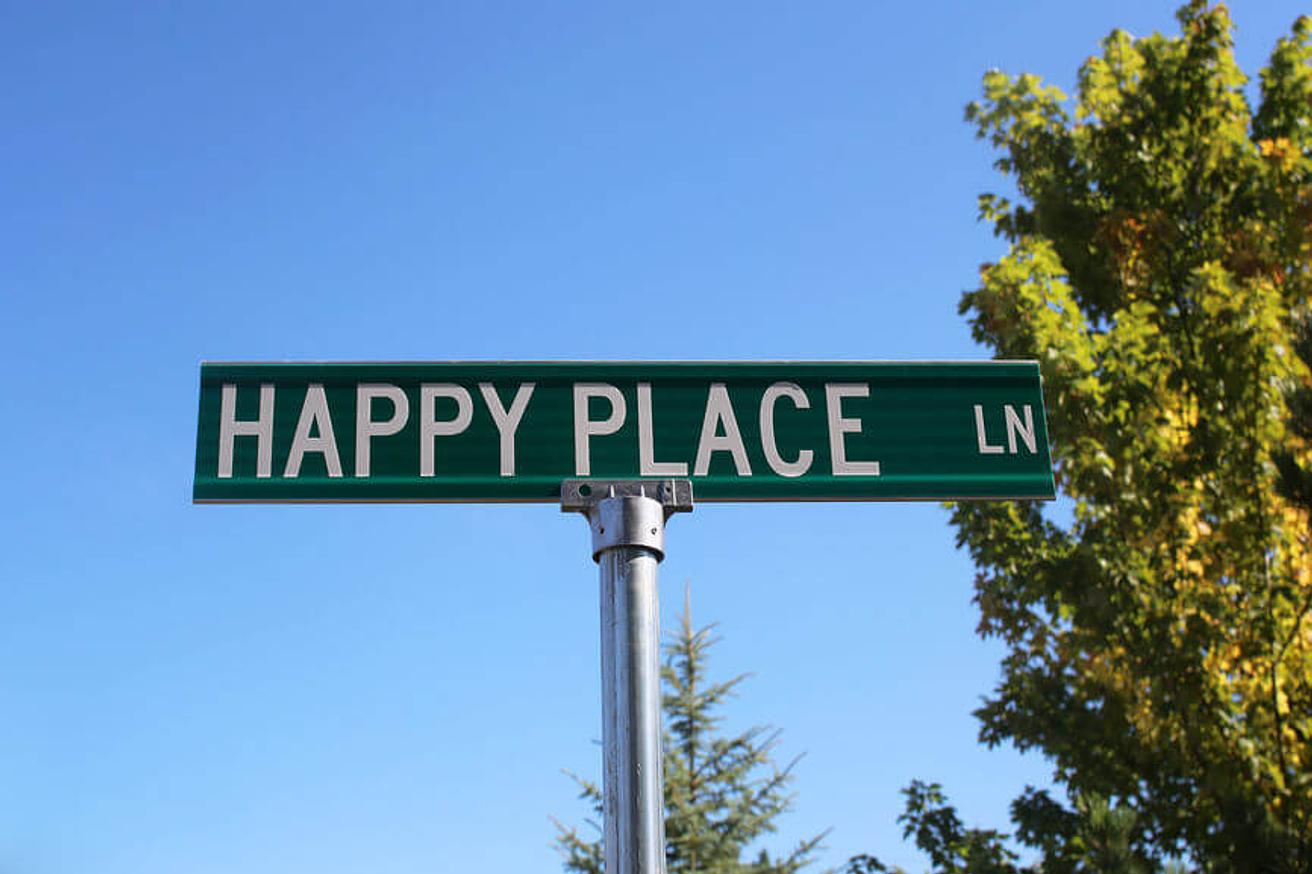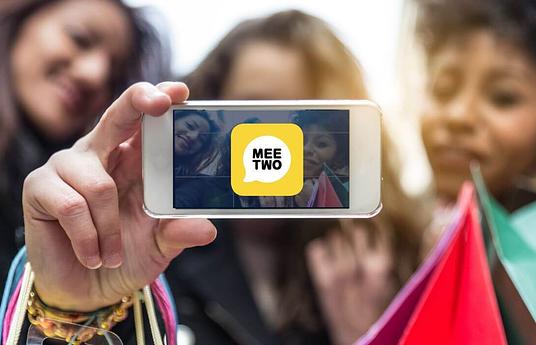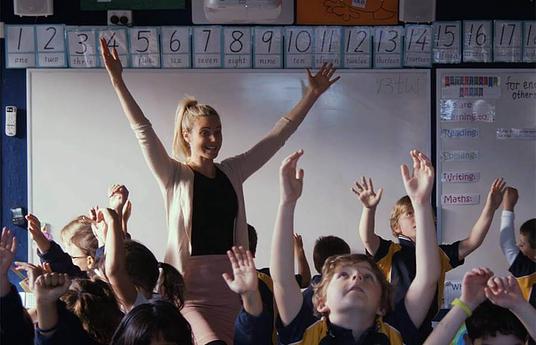In 2017, the World Health Organisation (WHO) highlighted that there were more than 300 million people living with depression worldwide. Depression and anxiety is becoming more prevalent, with studies showing an 18% increase of those affected, between 2005 and 2015. Additionally, WHO reported that mental health was a leading cause of physical health and disability worldwide. These statistics among many, are evidence that we need to pay better attention to the mental wellbeing of our society as a whole.
Happiness is not only crucial for our physical wellbeing, but also plays an important role in helping us stay motivated, and in improving the quality of our relationships. In line with this years ‘International Day of Happiness Theme’, Happier Together, we wanted to help spread happiness by sharing yet another MeeTwo Innovation: the MeeTwo Teenage Mental Help Handbook.
Created by the team behind the multi award winning MeeTwo app, the Handbook gives young people an opportunity to tell their own, complex, mental health stories. At its heart, the handbook provides a uniquely comprehensive directory of the best digital, self-help and real world resources. From helplines, and support groups, to apps, Ted talks, podcasts, books and activities, the directory gives young people the tools they need to help themselves. Finally, the book includes interviews with the UK’s top mental health experts, including Sir Simon Wessely, President of The Royal Society of Medicine, Sarah-Jayne Blakemore FBA, Professor of Cognitive Neuroscience at University College London, Sir Anthony Seldon, vice-chancellor of Buckingham University and Lord Richard Layard, British labour economist and co-founder of Action for Happiness.
The Handbook was funded through a Kickstarter campaign which raised £10,000 to pay for the initial print run. For every copy purchased (www.meetwo.co.uk/shop) MeeTwo sent a free copy to a nominated secondary school or sixth form college. They have now donated copies to over 1,000 schools and are actively looking for sponsors to help get copies into the other 6,510 secondary schools in the UK. Here is what some of the experts had to say about the book:
Pat Porter, Special Educational Needs Co-ordinator and PSHE Tutor, Bishop Thomas Grant School, UK
Alex Gray, Childline Development Project Manager, NSPCC
Kate Monro, Author of The First Time and Losing It
The handbook shares many real-life stories from students who use various tools to care for their well-being. Here is one by Jamie Morrell.
Depression
I remember being an extremely anxious child. The thought of volcanoes, flooding, bird flu, drowning and cancer kept me up at night and made me sick with worry. I also struggled with feelings of sadness and often cried. But nothing compared to the sadness which washed over me when I was 13-years old. It was summer and almost overnight I found I couldn’t eat or sleep. The world seemed a darker place. I had a love for badminton and athletics, but I didn’t feel like playing sport any more. I began spending all my time in my bedroom with the curtains shut, staring at my laptop screen.
In the pit of my stomach, there was a terrible feeling of emptiness; it was as if the life had been sucked out of me. I felt exhausted and yet I couldn’t sit still. Most of all, I was confused. What was happening to me? Why did I feel this way? I desperately wanted to tell someone, anyone, how I was feeling. But who? I thought my parents would laugh it off and blame it on hormones. I thought they’d say these were normal teenage feelings; that I was just being dramatic.
Telling somebody else about the way I felt wasn’t an option – I thought that boys were meant to be strong, tough, unfeeling. I had never seen my father cry, and therefore, I assumed that men didn’t cry. I was ashamed of myself for being so weak. Whenever I cried, it was as if I was doing something forbidden. I’d close the curtains and put a pillow across my face, so I could remain undetected.
My school friends were always smiling and sailed through life without a care in the world. I couldn’t possibly tell them I didn’t feel like living anymore. In short, I was ashamed of my sadness. I felt weak. I thought there was nobody in the world like me. I was to face this alone. Eventually, I couldn’t stand my sadness any longer and began to self-harm. One evening, my Dad came into my room and noticed the cuts on my arms. At first, I lied, telling him I’d fallen through
a thorn bush, but he didn’t believe me. Finally, the words slipped from my mouth: ‘I feel sad’. He couldn’t believe what he was hearing. I’d always had a roof over my head and food on my plate, a large group of friends and a bright future; what could I possibly have to feel sad about?
I returned to school, where everything quickly spiraled out of control. My teachers were at a loss; why had this polite young man become a lazy, argumentative troublemaker? In the classroom, I couldn’t focus for more than thirty seconds before dark thoughts clouded my mind. I had lost all motivation to succeed. I told myself I didn’t care. In reality, failure terrified me. Deadlines, exams, university, the world of work: they ruled me, paralyzing me with fear. I buried my head in the sand. I felt there was no light at the end of the tunnel. I was never going to be happy. My life would never improve. I would always be a failure. I was entirely to blame, I thought.
My parents encouraged me to go and see a doctor. My desire to get better finally outweighed my fear of being laughed at. The doctor was kind, patient and understanding. He took my complaints seriously and referred me to a service for young people with potential mental illness. I was on the waiting list for three long, painful months, but I held on. Just knowing I had taken a step forward in the right direction was enough to make me feel better.
I remember my first counseling session. It was a dark winter evening, the room bathed in dim light. The walls were painted sea blue, and there was a picture of the bright yellow face of a daffodil. My therapist was a gentle, soft-spoken lady. Almost immediately, I knew this was a place I could speak freely without fear of being judged. I returned on a weekly basis. Whilst my mood did not immediately lift, I did see subtle changes. You don’t expect to feel relief when a doctor tells you that you have Major Depressive Disorder, but that was my experience. There was a simple term to describe the way I felt, to explain why I behaved the way that I did! In that short, concise medical term, I realized that I wasn’t to blame for my sadness.
My parents were relieved too. Like me, they had blamed themselves. We had been living under a cloud of confusion. With a diagnosis of Major Depressive Disorder, that cloud was dispersed. I began the slow walk to happiness. Exercise, medication, journalling, mindfulness, accepting my condition and reaching out to others have all played a part in my recovery. Sometimes my sadness will rear its ugly head, but I now have the tools to deal with it. At 22 years old, I’m the person I always wanted to be as a teenager. I have my life in order, a wide circle of friends, and a healthy relationship with my family. So be calm and patient; you can get better, too.
To learn more about MeeTwo, visit their HundrED innovation page or order your copy here!



